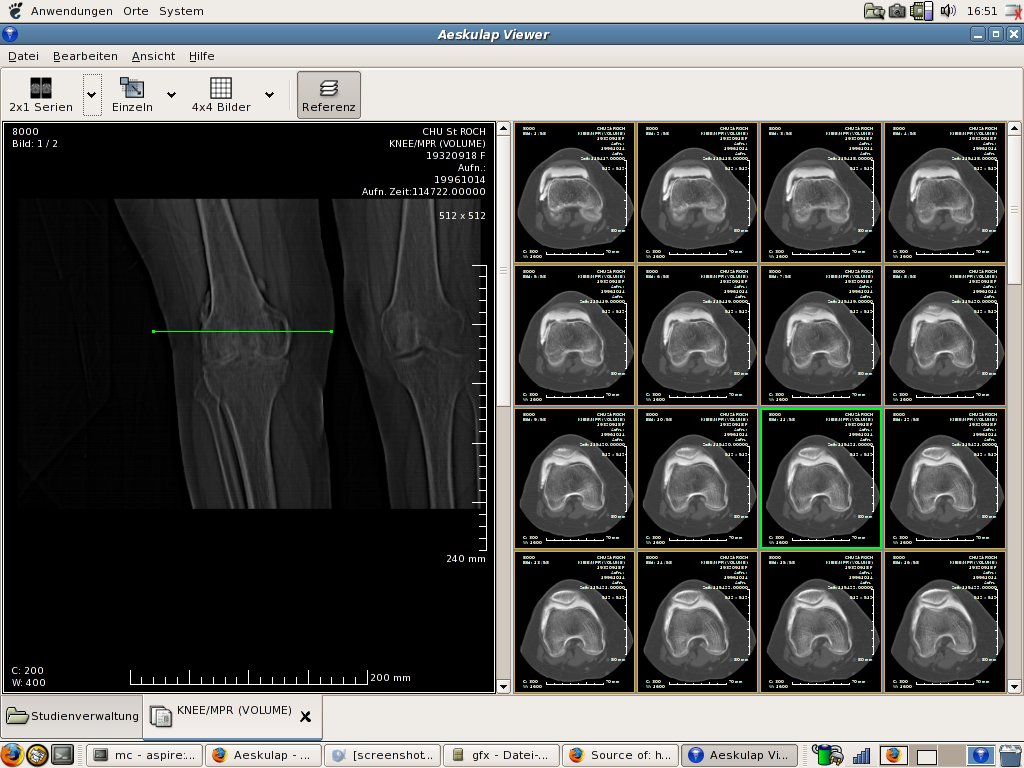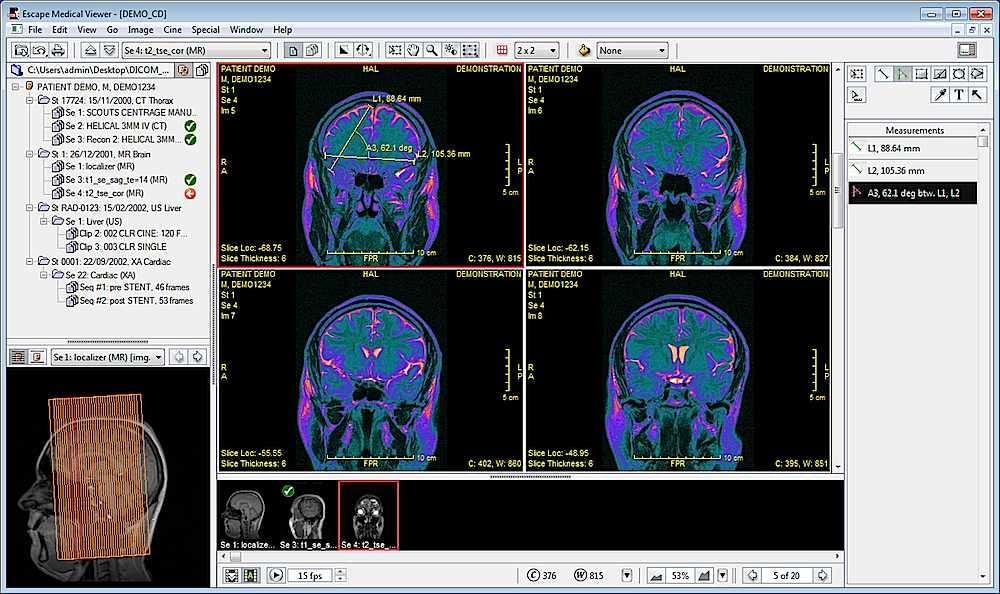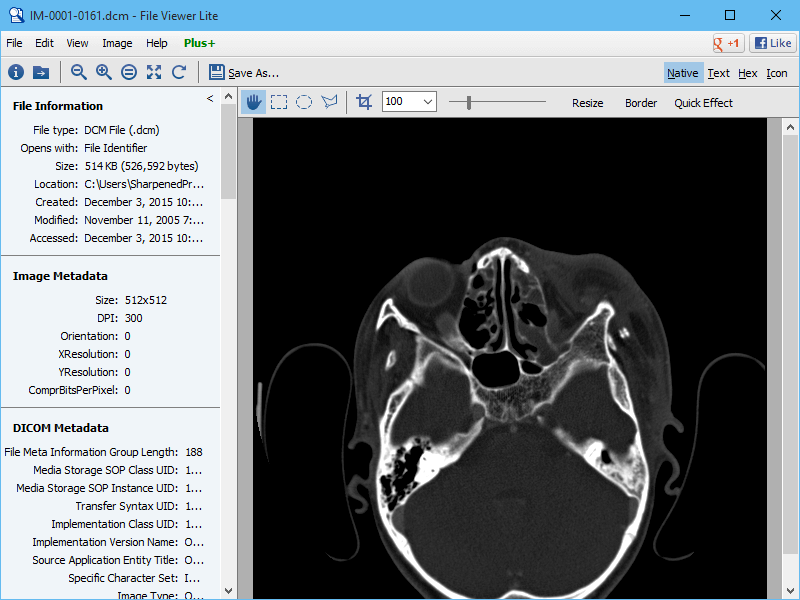
Once the image is acquired and stored, you can then use MIPAV to query and retrieve, receive, or send DICOM image files. The image can remain on the device or be transferred via a DICOM-compatible server to a patient database or other archive media. Compliance information appears in Appendix B of this document.ĭigital images are acquired on a medical imaging device, such as a Computed Tomography (CT) scanner. Note: The DICOM standard is detailed in the 16-part documentation set Digital Imaging and Communications in Medicine (DICOM) Standard (refer to Appendix B, DICOM Conformance Statement.) MIPAV is DICOM version 3.0 compliant. PACS also provides an interface to other systems that contain patient data. PACS provides the means for medical specialists to digitally acquire images, transmit the images and image-related data using a communications network, display and interpret images, and store and retrieve images. The PACS system consists of software, hardware, and networks. Some researchers at NIH use MIPAV to access DICOM-compatible archive systems, such as the Kodak Cemax-Icon Picture Archiving and Communication System (PACS), which includes the AutoRad devices located in the NIH clinical center. You can use MIPAV to access images and information that were generated by DICOM-compatible imaging equipment. Understanding how MIPAV works with DICOM images It also explains how to edit DICOM tags, protect patient privacy by removing DICOM tag information from images, and convert image formats, such as Analyze or TIFF, to DICOM format.

Sending DICOM images to another device ("To send image files" ).Posing queries and retrieving DICOM images ("Posing queries and retrieving images" and "Receiving and sending image files" ).




 0 kommentar(er)
0 kommentar(er)
